The thylacine, commonly known as the Tasmanian tiger, remains one of the most enigmatic and tragic figures in the annals of extinction. Its haunting striped coat and wolf-like appearance have cemented its place in both scientific curiosity and cultural folklore. The last known thylacine, captured in black-and-white footage from 1933, serves as a poignant reminder of a species that slipped through humanity’s fingers. This "last frame" of the Tasmanian tiger is more than just historical footage—it’s a silent elegy for a creature that once roamed the island’s dense forests and open plains.
Native to Tasmania, the thylacine was a marsupial predator uniquely adapted to its environment. Unlike placental wolves, it carried its young in a pouch, a bizarre yet fascinating evolutionary trait. By the early 20th century, however, the species was already on the brink. Persecuted by farmers who blamed it for livestock losses and hunted for bounty, the thylacine’s population dwindled rapidly. The 1933 footage, shot at Beaumaris Zoo in Hobart, shows a gaunt, pacing animal—a far cry from the apex predator it once was. Within three years, this individual would die in captivity, marking the official end of the species.
What makes the thylacine’s extinction particularly haunting is the role humans played in its demise. Unlike other extinct species that succumbed to natural changes, the Tasmanian tiger was actively eradicated. Bounty schemes in the late 1800s and early 1900s paid hunters for each thylacine killed, with little regard for the consequences. By the time scientists and conservationists raised alarms, it was too late. The last wild thylacine was shot in 1930, and the zoo’s final captive specimen became a reluctant icon of extinction. The footage of that lone animal, pacing its cramped enclosure, is a stark indictment of human shortsightedness.
Despite its official extinction, the thylacine has refused to fade entirely from public consciousness. Sightings and alleged encounters are reported to this day, though none have been substantiated. Cryptozoologists and enthusiasts cling to the hope that a remnant population might still exist in Tasmania’s remote wilderness. Scientists, however, remain skeptical. DNA studies and ecological surveys have turned up no evidence, and the consensus is clear: the thylacine is gone. Yet, its legend persists, fueled by that grainy footage and the enduring mystery of what might have been.
In recent years, advances in genetic technology have sparked discussions about de-extinction. Could the thylacine be brought back? Projects like the TIGRR Lab (Thylacine Integrated Genetic Restoration Research) aim to sequence its genome and explore cloning possibilities. While the science is groundbreaking, ethical questions loom. Even if successful, a resurrected thylacine would face a world vastly different from the one it vanished from. Habitat loss, climate change, and human encroachment pose new challenges. The debate raises a deeper question: is de-extinction a second chance or a distraction from protecting what remains?
The thylacine’s story is a cautionary tale, but it’s also a call to action. Tasmania’s ecosystems, though altered, still harbor unique species at risk. The Tasmanian devil, for instance, faces its own battle with disease and habitat pressure. Conservation efforts today are more proactive, yet the shadow of the thylacine lingers. Its extinction reminds us that once a species is gone, it’s gone forever—no matter how advanced our technology becomes. The last footage of that solitary tiger, forever pacing in its cage, is a ghostly testament to the fragility of life and the consequences of neglect.
Perhaps the most enduring legacy of the thylacine is its symbolism. It has become a global icon for extinction, a shorthand for human-caused ecological loss. Museums, documentaries, and even video games keep its memory alive, ensuring that new generations learn its story. The 1933 film reel, though just a few minutes long, captures more than an animal—it captures a moment in time when humanity failed to act until it was too late. The Tasmanian tiger’s stripes may have vanished from the wild, but its lesson remains indelible: extinction is not just a historical event but a choice.

By /Jul 24, 2025
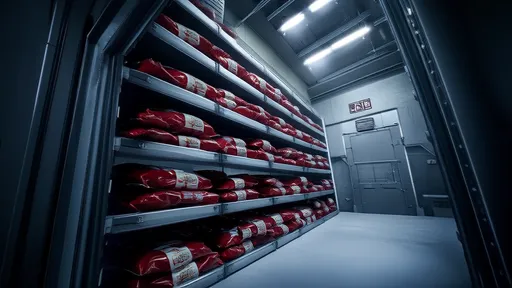
By /Jul 24, 2025

By /Jul 24, 2025
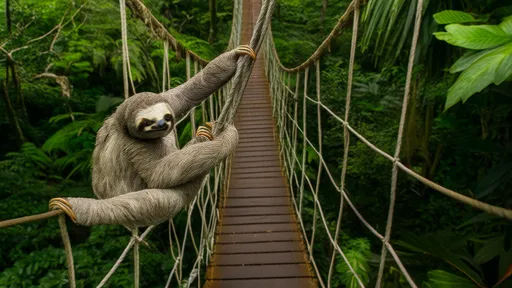
By /Jul 24, 2025
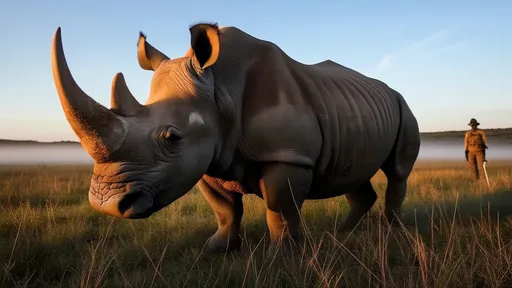
By /Jul 24, 2025

By /Jul 24, 2025

By /Jul 24, 2025
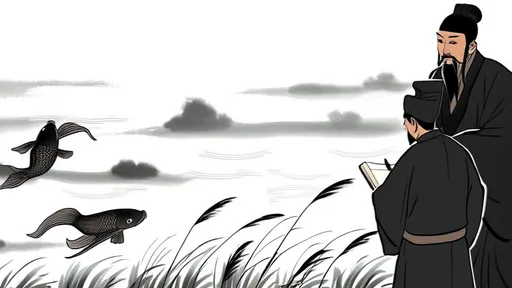
By /Jul 24, 2025

By /Jul 24, 2025
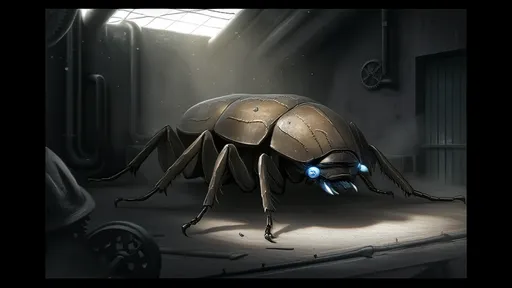
By /Jul 24, 2025
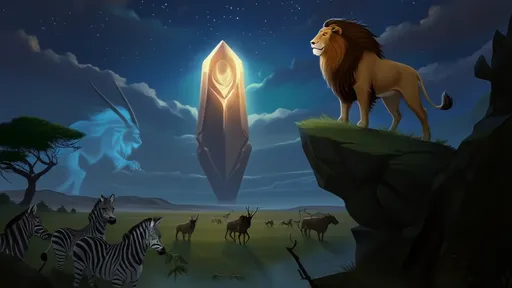
By /Jul 24, 2025
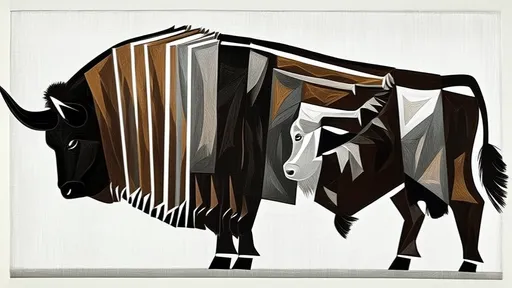
By /Jul 24, 2025

By /Jul 24, 2025
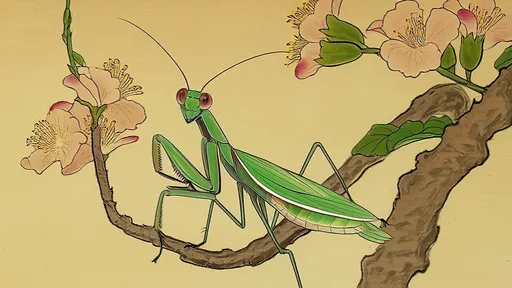
By /Jul 24, 2025
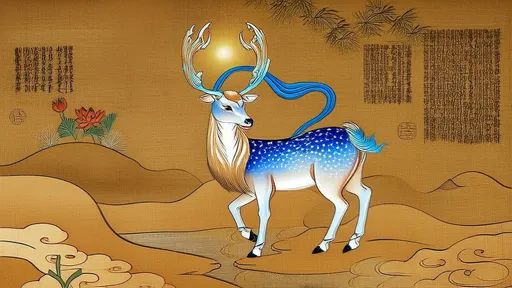
By /Jul 24, 2025

By /Jul 24, 2025
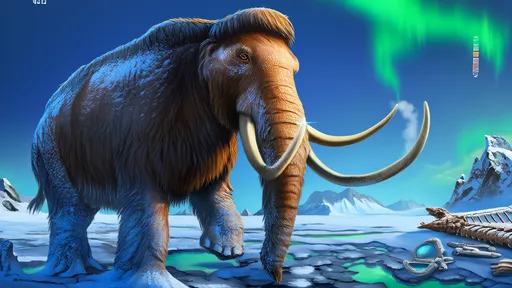
By /Jul 24, 2025
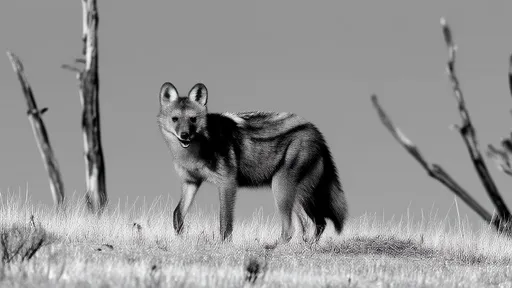
By /Jul 24, 2025